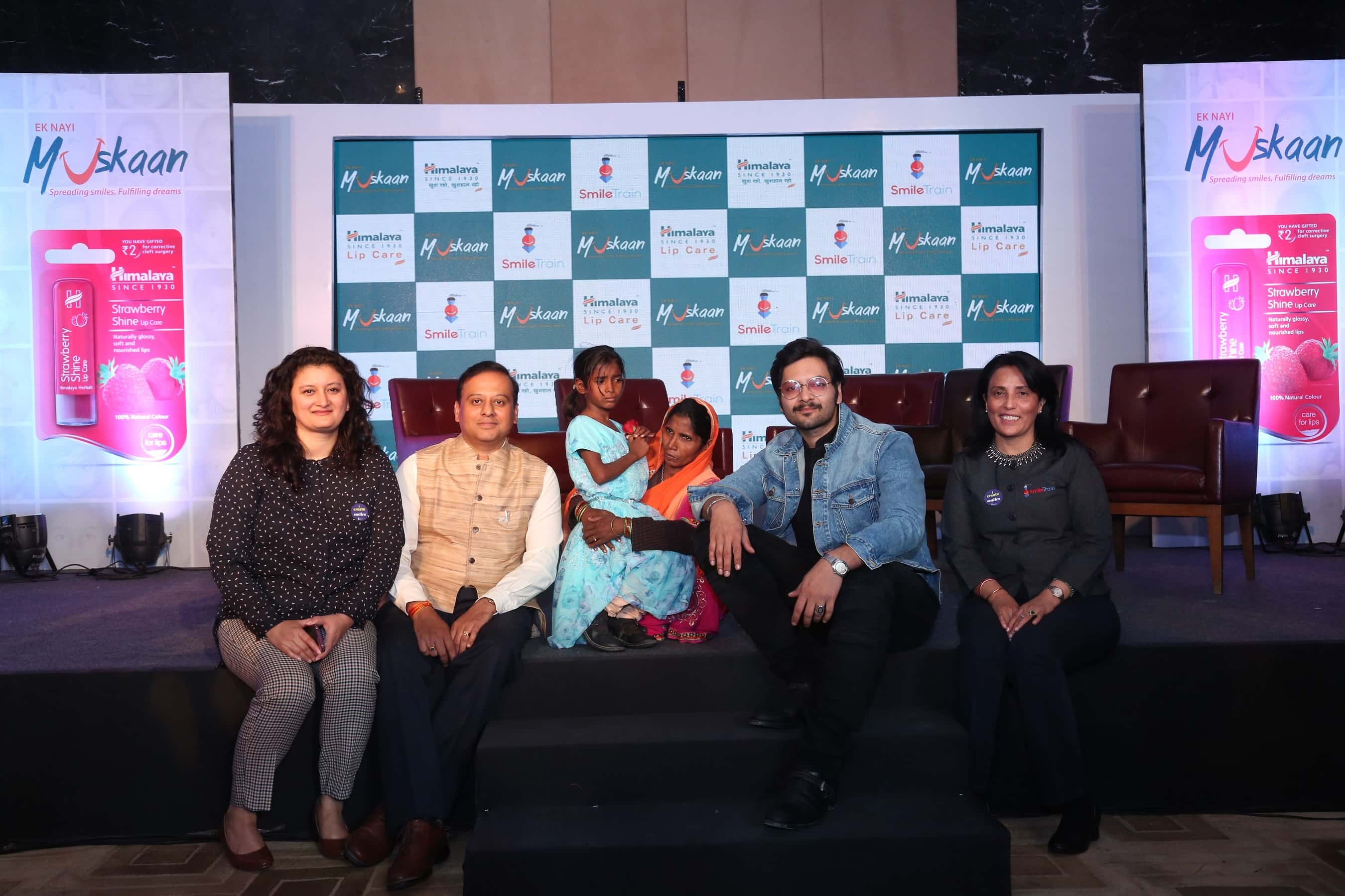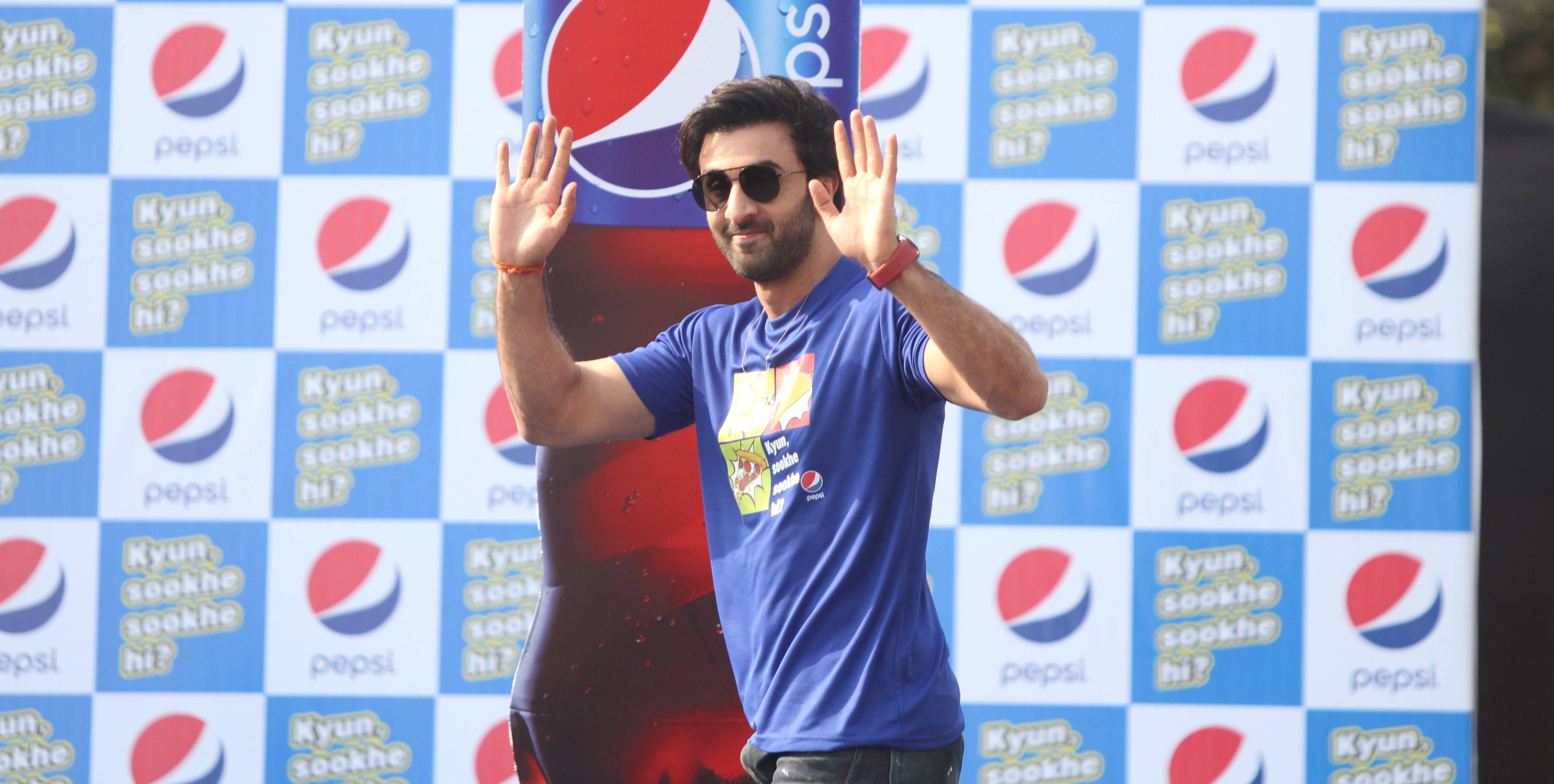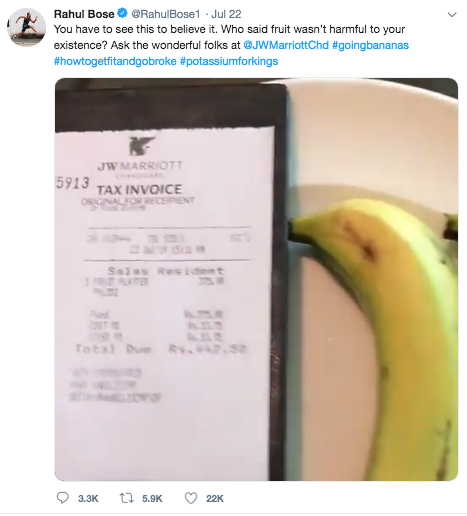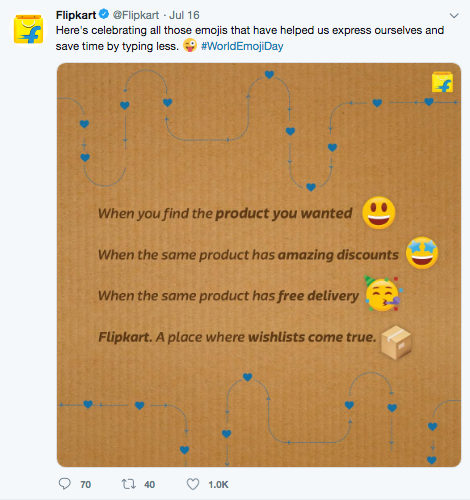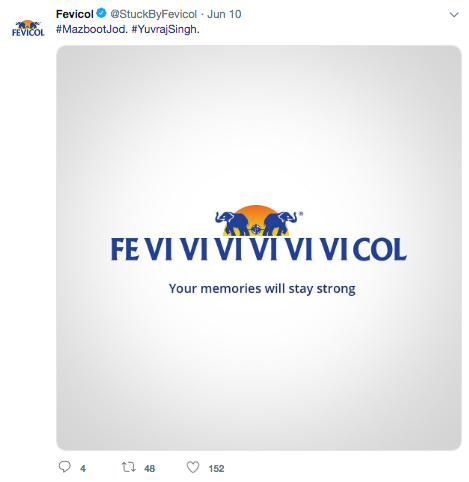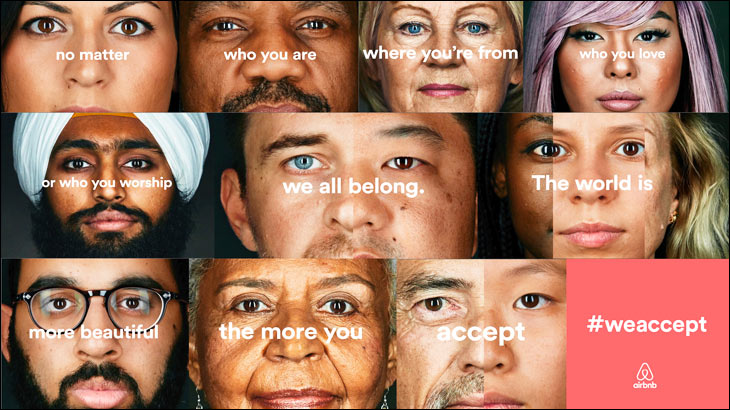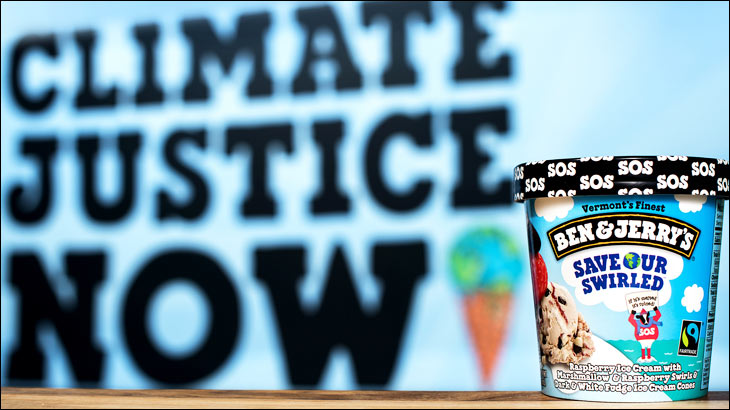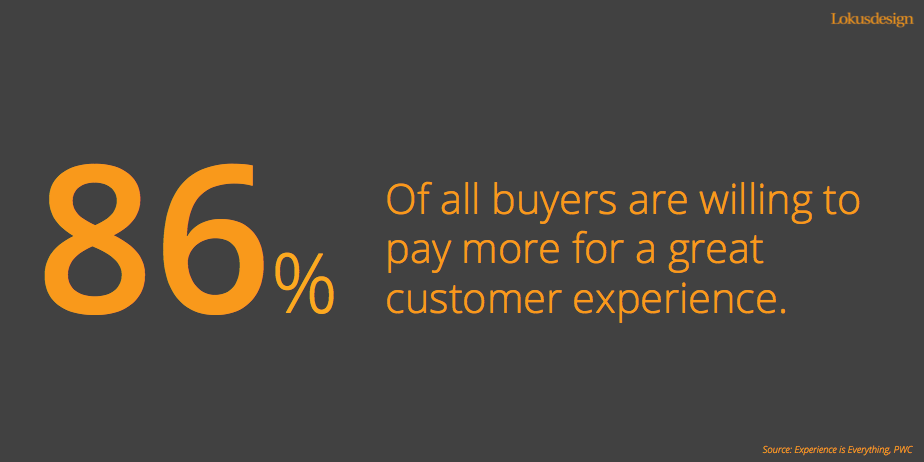5 Examples of Brands That Did Guerilla Marketing Right
Marketing is often treated as an expensive practice, especially by small and medium brands. This worry about resource constraints prevents these brands from making the most of the opportunities that may lie ahead. Of course, this may well be true for traditional forms of marketing. Traditional strategies rely on conventional practices and take the tried and tested route to win customer trust, raise awareness, and increase conversions.
But Guerilla Marketing begs to differ.
Guerilla Marketing is aimed at using unconventional methods for impact. It seeks to put creative acumen to work and make the most of the opportunities that present themselves. The aim is nothing less than gaining the instant attention of the target audience.
When done right, Guerilla Marketing drives brand visibility, audience connections, and, yes, profits for the brands. No wonder, several brands are adopting this marketing strategy with panache.
The benefits of Guerilla Marketing include:
- Quick to impact
- Makes heads turn
- Doesn’t necessarily involve outrageous spend
- Creative minds can come up with the strategy
- Puts across the brand’s value proposition in a clever manner
Probably, the tenets of Guerilla Marketing are rooted in a quote from Tom Fishburne – “The best marketing doesn’t feel like marketing.” This is a way to get in the eye line of the audience and catch their eye by creatively representing what the brand stands for. The success of the strategy is based on the human tendency of people to want to associate themselves with brands that share their own values. The creativity lies in making the values visible and apparent through unusual or counter-intuitive means.
Let’s look at a few instances of brands that aced this form of marketing in their unique way:
Snapdeal vs Flipkart
Flipkart launched a 360-degree campaign with the tagline ‘Nahi Khareeda? Achha Kiya’ (Didn’t buy? Well done). It generated massive popularity. The campaign started trending on Twitter and had copious amounts of tweets made about it using #AchhaKiya. Snapdeal took this opportunity to hit back with a campaign that said ‘Achha kiya bata diya’ #YahanSeKharido. The brand used this tactic in a Guerilla Marketing manner by placing a hoarding of the slogan directly under the one placed by Flipkart. The success of Snapdeal in this ‘brand war’ lay in how closely the whole effort mirrored the values that the brand espoused -a smart way to make the most of an opportunity that presented itself. A snap deal, in fact!

Love has No Labels

Video: https://www.youtube.com/watch?v=PnDgZuGIhHs
The Ad Council’s awareness campaign ‘Love has No Labels’ took a beautiful turn when they created a physical setup to promote the acceptance and inclusion of people without any discrimination. The campaign aimed to make people rethink bias and shun conventional notions about love. The campaign won hearts and was much talked about in mainstream and digital media.
The best part was the element of surprise and how the entire campaign was designed to make people notice and rethink. Thousands of people gathered to witness the event live, with videos going viral, spreading the message far and wide.
Game of Thrones Marketing Campaigns

Video: https://youtu.be/GEPSo1B5Cis
HBO’s Game of Thrones is known for its Guerilla Marketing gimmicks. From putting a dragon in the newspaper to making characters parade the town, the channel did has done so much to generate hype for upcoming seasons of the show. One of the most remarkable instances was #Bringdowntheking campaign, which was a huge trend on Twitter. They erected a 7m statue of King Joffrey in NZ and every time fans used the hashtag action would be taken to bring down the king. This stunt did wonders with several photos and videos of the campaign going viral. Within 5 days, the statue reached toppling point and fans gathered to see it happen in person.
The key takeaway here is how a simple but profound tactic made conversation about a brand spread like wildfire (pun not intended)! With shows, getting the audience involved has become the key to competitive success. What better way to do that, than allow the viewers to participate in a real-life Game of Thrones?
Discovery’s Shark Week Campaigns

Come Shark Week and Discovery Channel comes up with some exceptional campaigns to boost awareness of the signature program. In the past, this has included guerrilla-style stunts with surfboards with bite marks, in Australia, which have become crowd-pullers. In a similar vein, it completely changed the look and feel of Santa Monica Pier’s Central Plaza and transformed it into Discovery Channel Shark Park. In a key link back to everything the channel represents, the space included interesting installations made from upcycled and recycled materials. The tactics included beach cleanups as well.
This eco-focused campaign not only promoted Shark Week but also pointed out how an enormous amount of materials wind up in the oceans of the world. This marketing strategy told the audience how Discovery Channel cared about not just promoting an event series but also about the ocean itself.
Pokémon Go Guerilla Marketing Campaigns

Pokémon Go fever has waned. But we still remember the massively popular game, which took Guerilla Marketing to “new levels.” Retailers such as It’s A Grind in California gave incentives to players by giving them fresh lures when they stopped by. Even kids selling lemonades set up lures and did brisk business with it! These brands rode the popularity of the Augmented Reality sensation to driven impact.
Go Guerilla or Go Home!
As you can see, the rule of thumb in Guerilla Marketing is there is NO RULE! All you need to do is know the possibilities, try them out, and ultimately, make the brand visible. A dash of creativity, a hint of planning and preparation, and a reliance on the core of the brand are all that the Guerilla Marketing recipe needs. Whip up that tasty dish and your brand will be generating interest in its target audience segment in no time.
Write to us on info@lokusdesign.com


